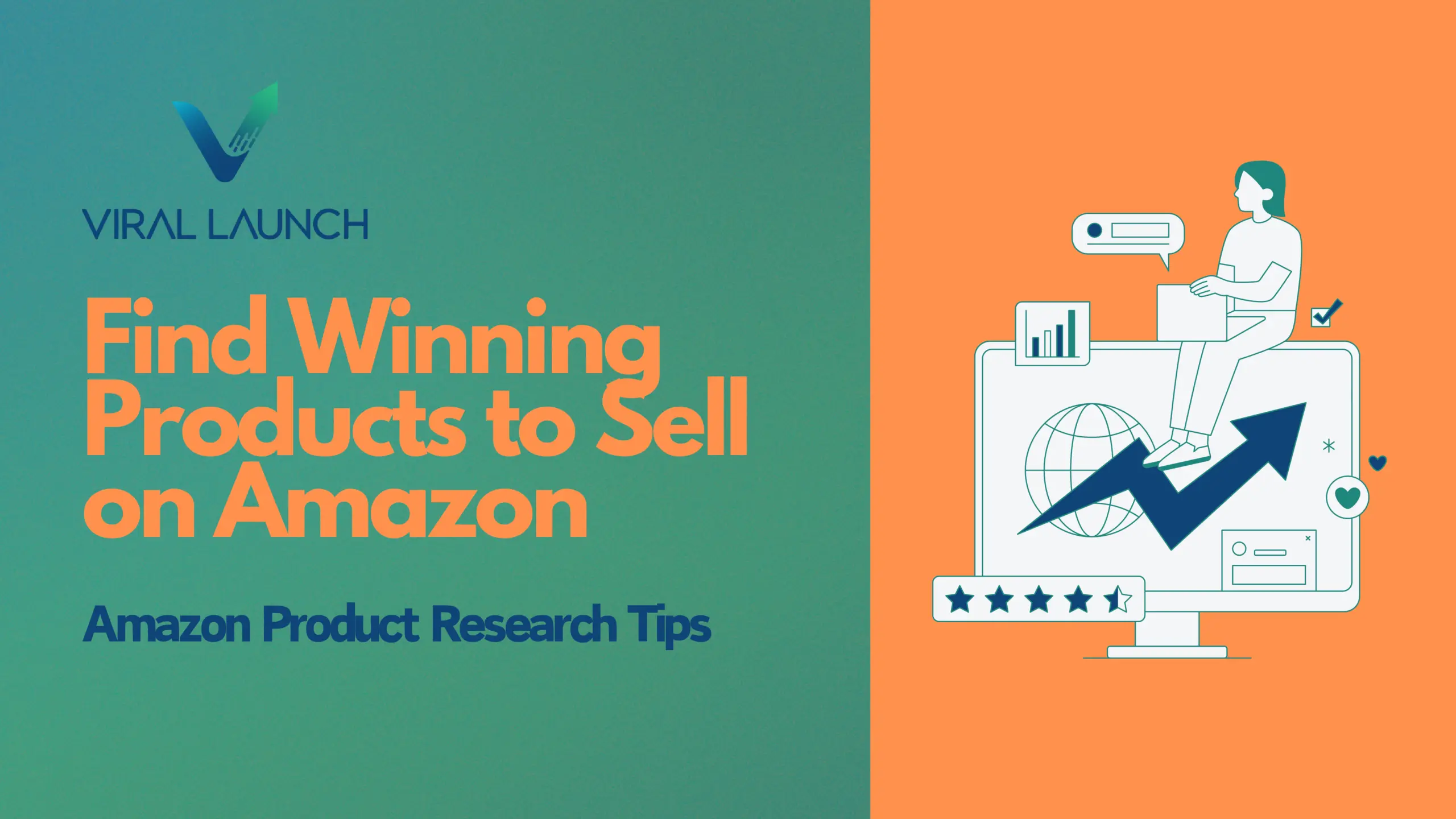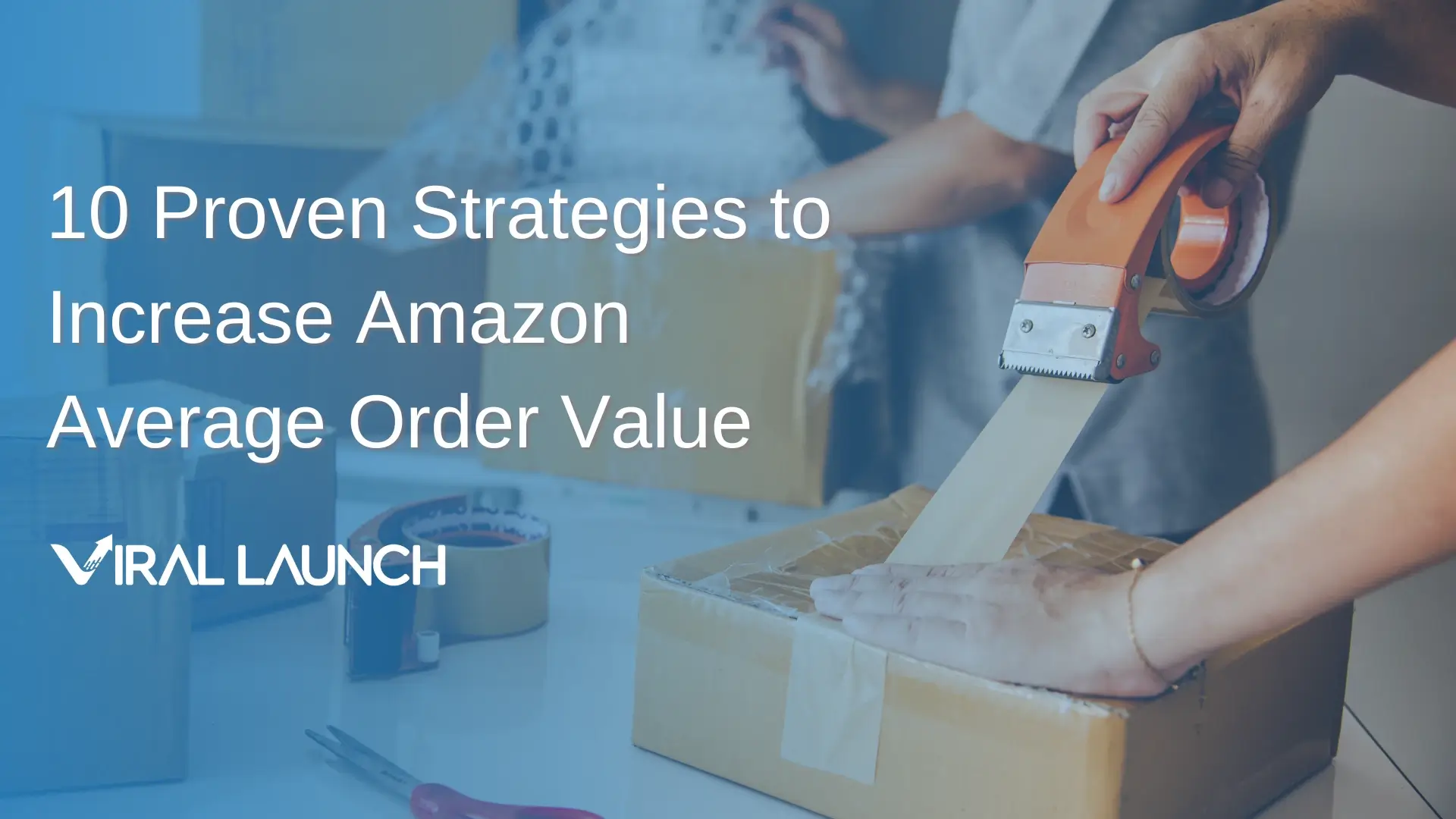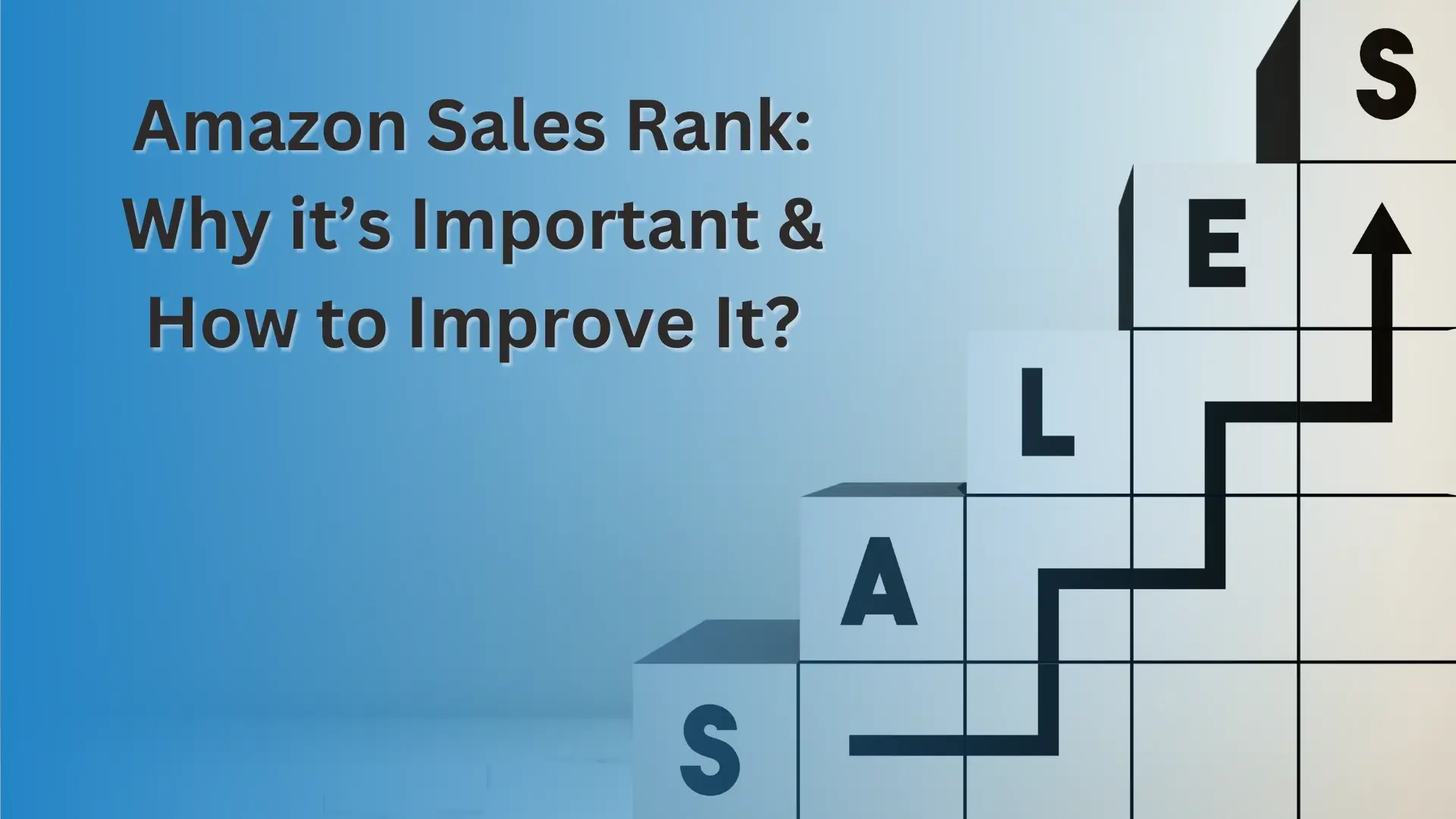As the global market continues to evolve, eCommerce businesses are adapting to the modern landscape. The year 2023 has unveiled some intriguing trends in Amazon selling, with merchants discovering innovative strategies to outpace their competition and take advantage of Amazon’s growing features.
Now, as we approach the end of 2023, let’s explore some essential tips for selling on Amazon to keep in mind for 2024.
1. Inspect Sample Goods Before Switching Manufacturers
Poor product reviews break listings. 99% of buyers read product reviews as part of their customer journey; you can’t afford to lose consumer trust by accumulating bad reviews. If your products have a bad reputation, you will have trouble selling them to just break even.
So, be sure to order and inspect samples from manufacturers beforehand. If you’ve been using a supplier for a while, don’t drop the ball by compromising your vetting process; it takes one wrong delivery to ultimately tank your customer reviews.
2. Take Advantage of Amazon’s Expanding Branding Features
Amazon’s Brand Registry gives sellers more control over their products and brand representation. The program is easy to join, and here are a few reasons why you might want to consider it (other than the fact that it’s free):
Increase product sales and conversions
While you may not notice an immediate change in your bottom line, Amazon’s Brand Registry actively works to remove fraudulent listings and delist third parties that are fraudulently using your brand’s name.
Reducing fraud is vital to building trust in your brand and driving conversions. Otherwise, if buyers unknowingly purchase a knockoff, it may reflect poorly on your brand’s image. You can use the registry to report any perceived violations and have infringements removed.
Take back control over your product’s information
Sharing accurate, valuable product information is vital to building customer loyalty. It’s essential to avoid misleading prospects and help them understand precisely how your product can benefit them.
Unfortunately, third-party sellers may not honor your core values and alter your descriptions, spreading misinformation. You can’t avoid third-party sellers either, because they make up for 60% of Amazon sales.
Fortunately, Amazon’s Brand Registry gives sellers more control over how products are described in the listing. After submitting your product and company information, Amazon will regulate any third-party attempts to alter them, preserving the key information.
Beyond these measures, the Brand Register protects brands against more complex fraudulent efforts as well. For example, some third parties may use your company logo or information to sell their own knock-off products. Amazon’s Brand Registry combats these malicious activities by:
- Removing listings that use your company logo or trademark on products that aren’t yours.
- Images need to be removed with trademarked information/items that don’t represent your company.
- Removing fraudulent listings that use your brand’s information.
Pro tip: Check out our Amazon’s Brand Registry guide for more information
Access the Sponsored Brands Feature
The Brand Registry unlocks your access to Amazon’s Sponsored Brands Feature, which is an ad format that lets businesses promote up to three products. It also allows you to include your company logo and brand name, which is great for raising brand awareness if you’re selling on Amazon.
A big draw for using the Sponsored Brands feature is that your ad will appear at the top of search results, even above “Sponsored Products.”
Pro tip: Check out this helpful guide to Amazon Sponsored Brands.
3. Stay on Top of Amazon’s Evolving SEO Algorithms
Paying attention to Amazon SEO is vital to increasing your listing’s visibility and ensuring prospects can easily find you. In a nutshell, Amazon SEO’s purpose is to help consumers buy, so the algorithm works to meet this goal.
When a consumer searches on Amazon, the algorithm quickly determines which product listing has the highest likelihood of fulfilling the searcher’s needs. In other words, Amazon’s SEO algorithm needs to figure out which listing has the highest ‘purchase likelihood’.
Similar to Google on-page SEO practices, there are technical steps you can use to improve your product ranking, including the use of keywords, images, and optimized titles and descriptions. But, to beat out the rigorous competition and rank at the top of Amazon search results, you need to convince the algorithm that consumers are ready to buy your product.
That’s where the A10 (formerly known as A9) algorithm comes in. Amazon’s algorithm undergoes continuous updates, with the ranking factors adjusting slightly every six months or so. Thus, staying current with the evolving algorithm is important to keep your product listing at the top.
Luckily there are plenty seller optimization tools to help automate these processes and increase sales.
4. Amazon’s A10 algorithm, in general, prioritizes two core criteria for ranking:
- The number of customer reviews
- Your sales rank, which includes details like how many customers are searching for your product and buying it
It’s important not to get bogged down by the algorithm’s technicalities. Sure, it’s updated regularly, but its core working and objective remains the same: to help customers buy what they need. This intention means sellers should focus on optimizing their offerings for customers.
True to Amazon’s MO, you’ll notice that the two core criteria behind the A10 algorithm are geared towards customers. The algorithm reflects Amazon’s commitment to delivering the best customer experience. By sharing this commitment i.e., keeping customers happy and meeting market needs, you can drive your search ranking up.
5. Have Both a Vendor and Seller Account
Many growing businesses struggle to decide between having a vendor or a seller account, because each offers unique pros and cons. But what if you could combine the best of both worlds? Turns out you can—Amazon doesn’t restrict sellers from having both accounts.
By having both a vendor and seller account, you can complement sales efforts and mitigate restrictions. For example, seller accounts usually get fewer sales because they lack the “sold by Amazon” endorsement, so having an additional vendor account can increase your bottom line.
Retailers can also leverage the advanced analytics and flexibility of a seller account to help launch new products. Generally, Amazon is hesitant to promote new vendor products because they lack performance information. So, you can do the initial heavy-lifting and sales testing from your seller account and eventually use the analytics to encourage Amazon to endorse the item from your vendor account.
6. Invest in Good Customer Service Mechanisms
Amazon’s commitment to customer service and delivering the best customer experience is a critical driving factor behind the eCommerce giant’s success. Amazon sellers can take a page out of the Megacorp’s book and improve sales by committing to good customer service.
Ecommerce gives merchants access to a full suite of data, analytics, and meaningful insights to tailor marketing efforts and optimize the customer experience. However, without the right systems in place, your support team won’t be able to leverage the data to your brand’s benefit.
Thus, it’s important to invest in good customer service software solutions. For example, you might want to consider using email automation to deliver automated updates, like shipping notifications or order verification.
Additionally, it’s vital to invest in tools to centralize information to maintain customer satisfaction. If customers receive unsatisfactory answers or varying responses across channels, they become frustrated and confused, reducing your FCR (First Contact Resolution) rates. With a centralized knowledge base, you can resolve customer support requests faster and more accurately.
7. Stay Abreast on Amazon’s Compliance and Regulatory Changes
Navigating the complex world of compliance and regulation is crucial for Amazon sellers. As rules around taxation, data privacy, and eco-friendly practices evolve, staying informed and agile is key to maintaining a successful Amazon storefront.
- Regular Policy Reviews: Make it a routine to check Amazon’s latest policy updates. Their Seller Central portal provides detailed information on any new compliance requirements.
- Utilize Compliance Tools: Invest in compliance management software to simplify the process. These tools are designed to alert you of regulatory changes, assist with tax calculations, and ensure data protection.
- Engage with Seller Communities: Join Amazon seller forums and communities. These platforms are valuable for sharing experiences, tips, and updates on regulatory changes.
- Professional Consultations: Consider periodic consultations with legal and tax experts who specialize in e-commerce. They can offer tailored advice and help navigate complex regulations, especially if you operate in multiple markets.
- Education and Training: Participate in ongoing education through webinars, workshops, training sessions, and industry podcasts offered by Amazon and e-commerce experts. These can provide insights into best practices for compliance.
In 2024, being proactive about compliance not only helps you avoid penalties but also enhances your brand’s trust and credibility. By embracing these practices, you ensure your business thrives in the ever-changing Amazon marketplace.
Executive Summary
The core best practices for selling on Amazon don’t change. Whether you look at 2010 or 2023, successful Amazon sellers prioritize customer-first experiences, strive to deliver value, take feedback seriously, and leverage tools to optimize their operations.
As we break into 2024, it’s important to remember that these objectives won’t change, but the means to achieve them might. For example, SEO algorithms are continuously evolving, and new technological developments help businesses optimize their operations in new ways. Therefore, staying up to date with these advancements and trends is vital to keep your brand relevant and successful.
To sum things up to learn for selling on Amazon in 2024, don’t forget to:
- Weigh your options out with Seller and Vendor accounts, and see if it’s beneficial to use both.
- Invest in centralized knowledge and automation to deliver better customer service.
- Leverage Amazon’s robust branding features.
- Keep up with the latest Amazon SEO updates.
- Inspect your products as they arrive.
- Put your customers first!
- Stay abreast on Amazon’s compliance and regulatory changes







